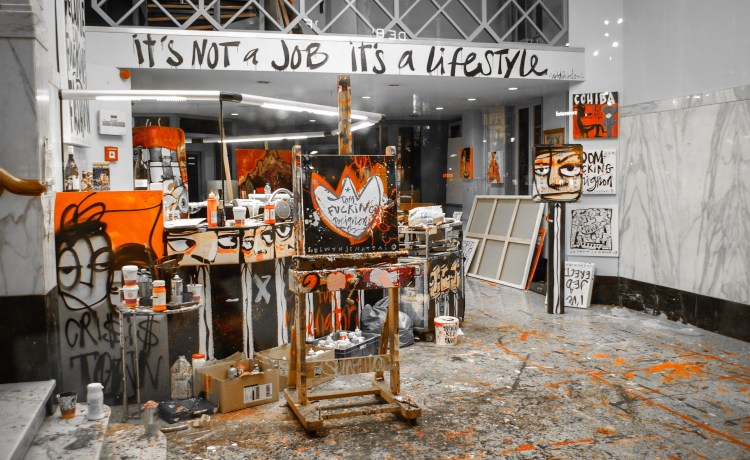Facebook, Adobe, Autodesk and Planet Labs all have started creative residency programs in the last year, but these kinds of programs aren’t a new invention.
Artist-in-residence programs started over a century ago and ranged from making studio space in offices to placing painters, sculptors, poets, and musicians at universities.
Art has always been an important part of innovation. It actually helps Nobel Prize winners (and everyone else) be better at science. And when you combine entrepreneurs and artists you get some fantastic results.
Just as every entrepreneur-in-residence program is different, artist residencies vary widely and often depend on the organization they are inserted in.
June 5th: The AI Audit in NYC
Join us next week in NYC to engage with top executive leaders, delving into strategies for auditing AI models to ensure fairness, optimal performance, and ethical compliance across diverse organizations. Secure your attendance for this exclusive invite-only event.
An artist-in-residence could be defined as “an artist embedded within an organization and given space and time to create.” In the eyes of companies, and outside the eyes of arts organizations, the role changes slightly and includes a strategic layer around combining the artist’s creativity with the company’s goals, as well as compensation.
For example, Becky Simpson, one of Adobe’s past artists-in-residence, worked on launching a product line that featured her hand-drawn illustrations.
By sewing an artist into the fabric of your company — and giving them time to experiment — you can explore previously undiscovered opportunities.
Autodesk artist-in-residence Anouk Wipprecht designed an electricity-conducting dress that encouraged Autodesk engineers to add a new function to their 3D printer software, allowing users to add breaks in 2D renderings. Wipprecht then used these breaks as seams in her 2D dress patterns.
As we speed into mid-century, in-house artists of varying ilks are going to become the norm to bring excitement, curiosity, and maker spaces to office environments and coworking spaces. From mobile video to 3D printing to virtual reality, art is moving industries forward.
And it can be done in different ways — employing artists with business skills, artist residencies in coworking spaces, focused creative projects in offices — but it is essential to building inspirational and creatively strong companies, brands, and spaces in our cities that need art more than ever.
Who knows, maybe the next artist-in-residence you see won’t be a painter, but a street artist, fiction writer, stand-up comedian, or improvisational dancer.
Tristan Pollock is EIR/Venture Partners at 500 Startups.

